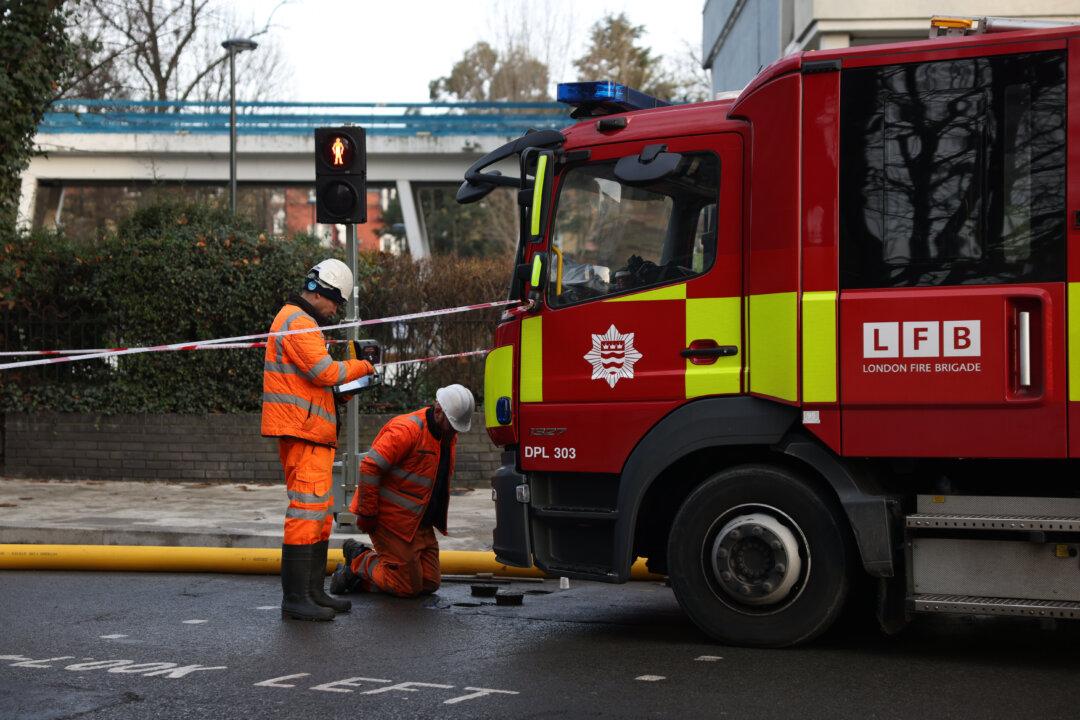Job vacancies across Britain have fallen for the eighth month in a row, as businesses hold back on recruitment amid economic pressures, new data show.
According to the latest figures from the Office for National Statistics (ONS), Britain’s unemployment rate remained unchanged at 3.7 percent in the three months to January.





